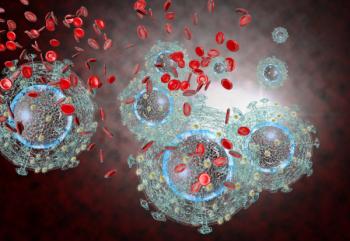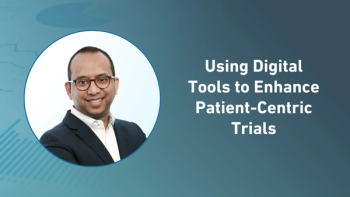
- Applied Clinical Trials-11-01-2010
- Volume 0
- Issue 0
A Comparison of Protocol Characteristics Over Time Shows Complexity is on the Rise
Protocol complexity, as measured by the number of unique procedures and their frequency and the number of subject eligibility criteria, has risen dramatically in comparisons of protocol characteristics between two time periods, 2000-2003 and 2004-2007.
Protocol complexity, as measured by the number of unique procedures and their frequency and the number of subject eligibility criteria, has risen dramatically in comparisons of protocol characteristics between two time periods, 2000-2003 and 2004-2007. The burden on investigative sites to administer these procedures has also risen sharply. Tufts CSDD research has shown that higher levels of protocol complexity and execution burden are associated with study conduct delays, longer cycle times, more protocol amendments, and poorer patient recruitment and retention rates. Phase I and Phase IV protocols have seen the largest increases in complexity and work burden as drug developers have sought to gather more clinical research data in earlier phase clinical trials and as post-approval clinical research studies have become more robust. Phase III protocols grew the least in terms of complexity and execution burden during the observation period perhaps reflecting sponsors' efforts over the last decade to control rising costs and demands of large, later-stage clinical research programs.
—Tufts Center for the Study of Drug Development,
Rising Protocol Complexity and Execution Burden
Articles in this issue
about 15 years ago
Applied Clinical Trials Digital Edition - November 2010about 15 years ago
Compliance: Suicidality Monitoringabout 15 years ago
Tis the Season, For the Fluabout 15 years ago
M&A in the Pharma Industryabout 15 years ago
Discordance Between BICR Readersabout 15 years ago
Act Coverabout 15 years ago
Pressure Grows to Publish Dataabout 15 years ago
Transparency Rides Againabout 15 years ago
Chasing Veteran US Sites Out of the Enterpriseabout 15 years ago
2010 Salary & Satisfaction SurveyNewsletter
Stay current in clinical research with Applied Clinical Trials, providing expert insights, regulatory updates, and practical strategies for successful clinical trial design and execution.





.png)



.png)



.png)
.png)
